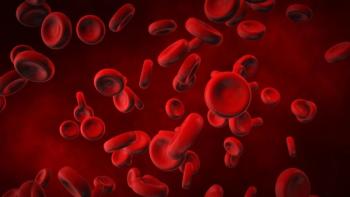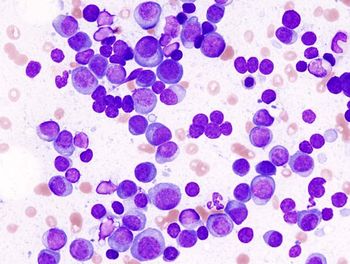
FDA Lifts Clinical Hold on Lacutamab Lymphoma IND Application
The FDA lifts its hold on a clinical program for lacutamab in lymphoma after a fatal adverse effect in the phase 2 TELLOMAK trial is determined to be related to aggressive disease progression.
The FDA has lifted a partial clinical hold on an investigational new drug application for lacutamab as a treatment for cutaneous T-cell lymphoma (CTCL), according to a press release from Innate Pharma.1
A
Developers worked in conjunction with a steering committee of independent experts and determined that the fatal adverse effect was associated with aggressive disease progression rather than treatment with lacutamab.1 As a result, the FDA lifted its partial clinical hold on the application.
“We have worked closely with the FDA to diligently resolve the partial clinical hold on the lacutamab [investigational new drug application], which included an in-depth analysis of the fatal case which was due to progression of an aggressive form of the disease,” Sonia Quaratino, MD, PhD, chief medical officer at Innate Pharma, said in the press release.1 “The lacutamab program continues to plan following the publication of the positive Sézary syndrome results at the recent
At the ASH Annual Meeting and Exposition, investigators of the TELLOMAK trial highlighted that treatment with lacutamab produced a confirmed objective response rate (ORR) of 37.5% (n = 21/56; 95% CI, 26.0%-50.6%) in a cohort of patients with Sézary syndrome, which included complete responses (CRs) in 2 patients and partial responses (PRs) in 19.3 Additionally, the ORR in terms of best response in skin was 46.4% (n = 26/56; 95% CI, 34.0%-59.3%), which consisted of 5 CRs and 21 PRs. The ORR in terms of best response in blood was 48.2% (n = 27/56; 95% CI, 35.7%-61.0%), with CRs in 15 and PRs in 12. Investigators reported a median progression-free survival (PFS) of 8.0 months (95% CI, 4.7-21.2) and a median duration of response (DOR) of 12.3 months (95% CI, 5.2-not evaluable) in those with a response.
“[Patients with] Sézary syndrome treated with more than 2 prior systemic therapies including mogamulizumab-kpkc [Poteligeo], represent a high unmet medical need population with poor quality of life,” principal investigator Pierluigi Porcu, MD, director of the Division of Hematologic Malignancies and Hematopoietic Stem Cell Transplantation of Sidney Kimmel Cancer Center at Jefferson Health in Philadelphia, said regarding these findings.3 “It is promising to see lacutamab achieving remarkable efficacy along with favorable safety in this heavily pre-treated population.”
In the international, open-label phase 2 TELLOMAK trial, patients with Sézary syndrome and mycosis fungoides received lacutamab at a flat dose of 750 mg. The study population consisted of multiple cohorts, including those with previously treated Sézary syndrome, KIR3DL2-expressing mycosis fungoides, mycosis fungoides that do not express KIR3DL2, and all-comers.
The TELLOMAK trial’s primary end point was ORR. Secondary end points included treatment-emergent AEs, quality of life, PFS, overall survival, and DOR.
References
- Innate Pharma announces U.S. FDA lifts partial clinical hold on lacutamab clinical program. News release. Innate Pharma. January 4, 2024. Accessed January 4, 2024. https://bit.ly/3NSrciV
- Innate Pharma provides update on lacutamab clinical program. News release. Innate Pharma. October 5, 2023. Accessed January 4, 2024. https://bit.ly/3LOxwa3
- Innate Pharma presents positive results from TELLOMAK phase 2 study with lacutamab in patients with Sézary syndrome at ASH 2023. News release. Innate Pharma. December 10, 2023. Accessed January 4, 2024. https://shorturl.at/qIMQX
Newsletter
Stay up to date on recent advances in the multidisciplinary approach to cancer.

















































































